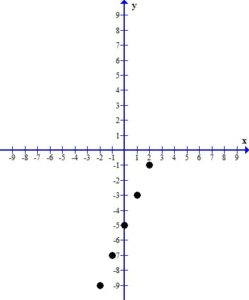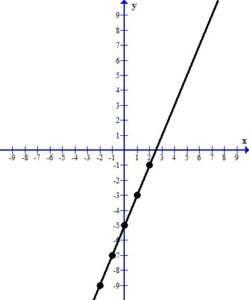An x-intercept is where the graph touches or crosses the x-axis.
A y-intercept is where the graph touches of crosses the y-axis.
To find an x-intercept: Let y=0 and solve for x.
To find an y-intercept: Let x=0 and solve for y.
Example: Find the intercepts of the circle for the given equation.

Solution:
To find an x-intercept, let y=0 and solve for x.










This equation has one x-intercept. 
To find a y-intercept, let x=0 and solve for y.











Approximately  and
and 
This equation has two y-intercepts.  and
and 
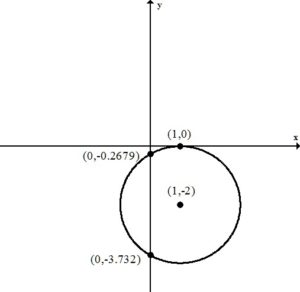
A tangent line to a circle may be defined as a line that intersects the circle in a single point.
This circle is tangent to the x-axis since it is touching the x-axis in a single point. The x-axis (y=0) is the tangent line for the point on the circle (1,0).
Example: Find the intercepts of the circle for the given equation.

Solution:
To find an x-intercept, let y=0 and solve for x.











Approximately  and
and 
This equation has two x-intercepts.  and
and 
To find a y-intercept, let x=0 and solve for y.










This equation has one y-intercept.  .
.
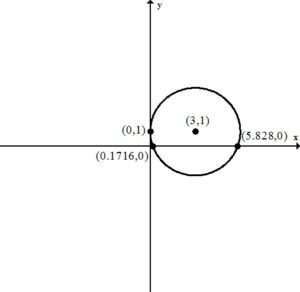
This circle is tangent to the y-axis since it is touching the y-axis in a single point. The y-axis (x=0) is the tangent line for the point on the circle (0,1).











 and
and 
 and
and 










 and
and 
 and
and 
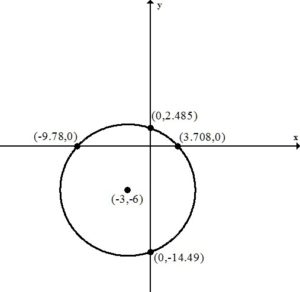






 and
and 





 and
and 

 where r is the radius and
where r is the radius and  is the center.
is the center. . So
. So  and
and  .
. .
.









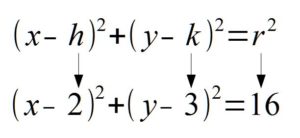
 . In the binomial with y, the number after the minus sign is k. Thus,
. In the binomial with y, the number after the minus sign is k. Thus,  . The
. The  lines up with 16. So
lines up with 16. So  which means
which means  .
. and a radius of
and a radius of 
 is the same as
is the same as  .
.
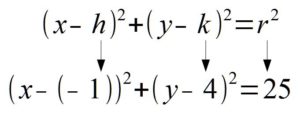
 . In the binomial with y, the number after the minus sign is k. Thus,
. In the binomial with y, the number after the minus sign is k. Thus,  . The
. The  which means
which means  .
. and a radius of
and a radius of 
 is the same as
is the same as  .
. is the same as
is the same as  .
.
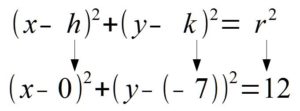
 . In the binomial with y, the number after the minus sign is k. Thus,
. In the binomial with y, the number after the minus sign is k. Thus,  . The
. The  which means
which means  .
. and a radius of
and a radius of  .
. by the plotting points method.
by the plotting points method.
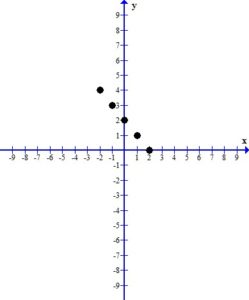
 which I get from plugging three into the equation for x.
which I get from plugging three into the equation for x.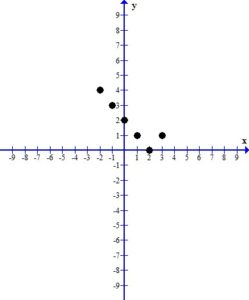
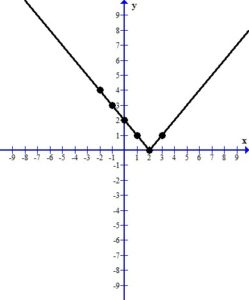
 by the plotting points method.
by the plotting points method.
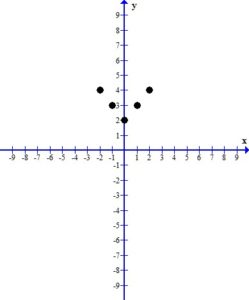

 by the plotting points method.
by the plotting points method.
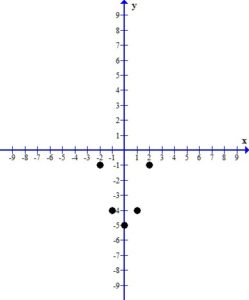
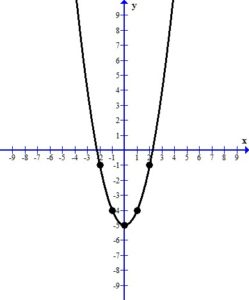
 by the plotting points method.
by the plotting points method.
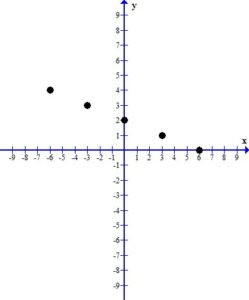
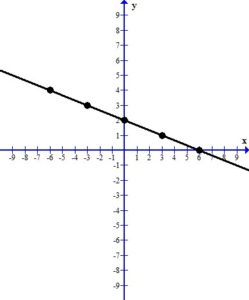
 .
. by the plotting points method.
by the plotting points method.
